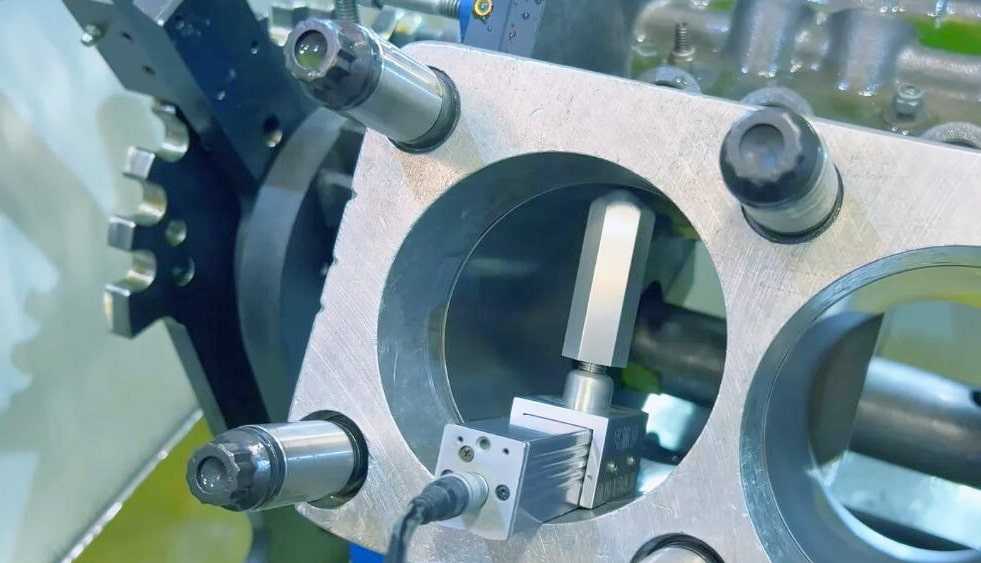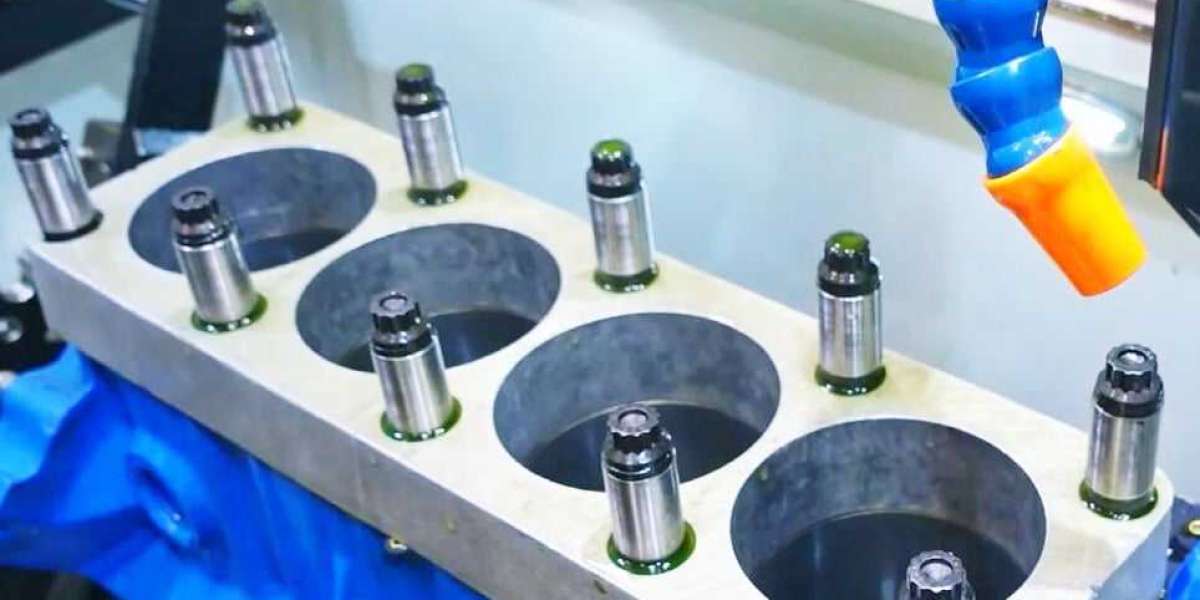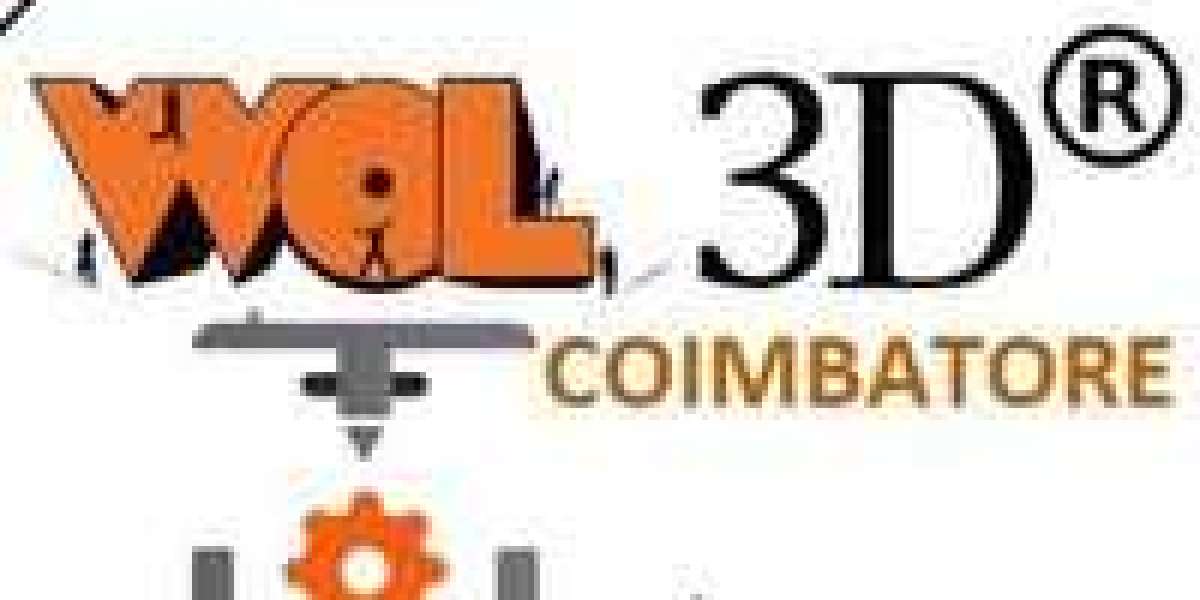The honing process is a critical yet often overlooked step in the world of precision manufacturing. It plays an essential role in achieving high-quality surface finishes and ensuring the perfect geometry of metal parts. In this guest blog, we’ll take a closer look at what honing is, its benefits, and why it’s indispensable in many industries.

What Is Honing?
Honing is an abrasive machining process that involves the use of a honing stone or abrasive tool to improve the surface finish of a workpiece. It is primarily used to correct or refine the bore of an engine cylinder, hydraulic cylinders, or other precision parts that require tight dimensional tolerances and smooth surfaces.
Unlike grinding, which is typically used for rough shaping, honing is designed to remove very small amounts of material from a surface. This makes it ideal for achieving the fine tolerances needed in industries such as automotive, aerospace, and medical device manufacturing.
The Benefits of Honing
Precision and Accuracy
Honing is renowned for its ability to achieve extremely precise tolerances. The process can improve both the geometric shape and surface finish of a part, ensuring that each component meets strict engineering specifications. This is particularly important for applications where tight tolerances are required to ensure proper function.Improved Surface Finish
One of the primary benefits of honing is its ability to produce ultra-smooth surface finishes. This can reduce wear and tear on moving parts, improve sealing performance, and enhance the overall durability of the product.Enhancing Performance and Longevity
For high-performance components such as engine cylinders or hydraulic pistons, honing enhances the contact surface by removing imperfections, improving lubrication, and reducing the risk of friction or heat damage. This leads to longer-lasting parts that perform better over time.Cost-Effectiveness
While honing may seem like a specialized process, it is often more cost-effective compared to other finishing techniques like grinding or lapping, particularly when dealing with larger volumes of parts. The process also has a faster cycle time, meaning manufacturers can produce more units in less time.
Applications of Honing
Honing is used across a wide range of industries, with notable applications in:
- Automotive Manufacturing: Honing is frequently used in engine cylinder production to ensure a precise surface for piston rings, leading to smoother engine operation and reduced fuel consumption.
- Aerospace: In the aerospace sector, honing is used to create precise bores for components such as bearings, actuators, and turbine blades, ensuring the reliability of these critical systems.
- Medical Devices: Many medical components, such as syringes, implants, and surgical tools, require the fine surface finish and dimensional accuracy that honing provides.
Conclusion
The honing process is an essential step in the production of precision parts. It ensures the highest level of accuracy and surface finish, which is critical in industries where performance and longevity matter most. Whether you are in automotive, aerospace, or medical manufacturing, understanding the importance of honing can give you the edge in producing top-tier products.
By mastering the honing process, manufacturers can achieve components that are not only precise but also reliable, durable, and ready for high-performance applications.
Reference:








